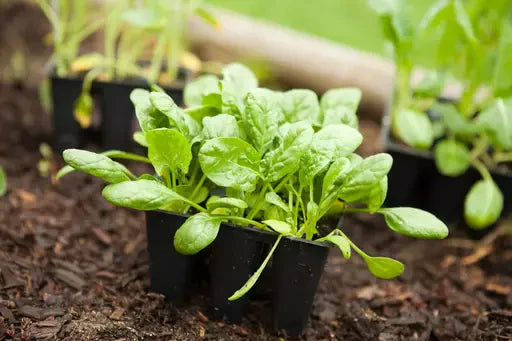
Winter Vegetable Growing Guide
Share
What to Grow
Many vegetables thrive in cooler weather and are surprisingly easy to grow. Ideal winter crops include:
· Silverbeet
· Brussels sprouts
· Broad beans
· Broccoli and other brassicas like cabbage and cauliflower
· Spinach, which actually grows best in cold conditions
Start from seed indoors (see our Growing from Seed Guide) or plant store-bought seedlings directly in the garden.
Planting & Soil Prep
A healthy garden starts with good soil and planning.
Choose a north-facing site, sheltered from strong winds. Your soil should be:
· Loose and crumbly
· Free-draining to prevent winter waterlogging
· Nutrient-rich, with plenty of organic matter
Before planting:
· Clear weeds and remove any dead or diseased summer crops
· Dig in a generous layer of Garden Time Compost or Daltons Landscape Organic
Compost to about 1.5 spade depths
· This improves aeration, structure, and microbial activity
· Do this 1–2 weeks before planting for best results
Raised gardens? Use Daltons Landscape Premium Garden Mix or Vegetable Mix for an easy nutrient boost.
Apply a light layer of mulch – not too thick, as this can create cold, soggy soil.
Growing in Pots or Containers
No garden? No problem. Many winter veges grow well in pots – try:
· Spinach
· Silverbeet
· Broccoli
· Peas
· Winter lettuce
Use large, deep containers and fill with Daltons Landscape Vegetable Mix, which includes moisture-retaining properties and slow-release nutrients.
Tip:
Change the soil between crops or refresh with Daltons Landscape Vege & Herb Fertiliser.
Place pots in a sunny, north-facing spot, sheltered from wind, and top with Premium Mulch & Grow to lock in moisture.
Top Tips for Success
· Stagger plantings every 2–3 weeks to enjoy a continuous harvest
· Protect seedlings with jars, bottles, or frost cloth at night – remove in the morning
· Shield young plants from pests with netting or traps
· DIY slug/snail trap: Bury a jar so the rim is level with the soil, fill with beer – slugs are drawn to the scent and drown
